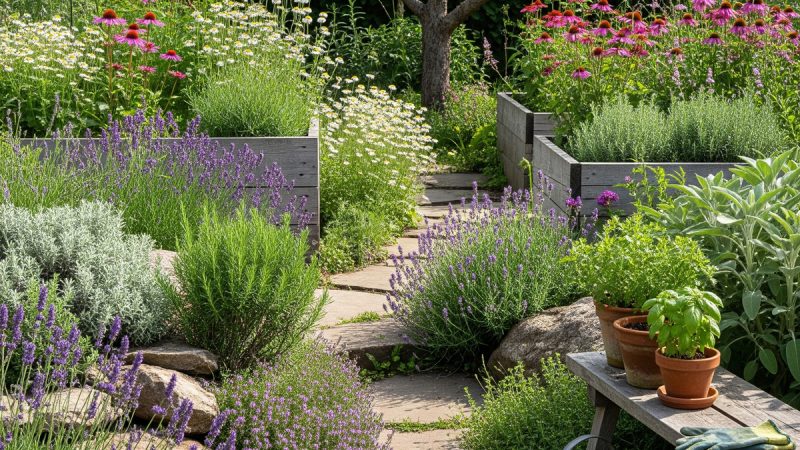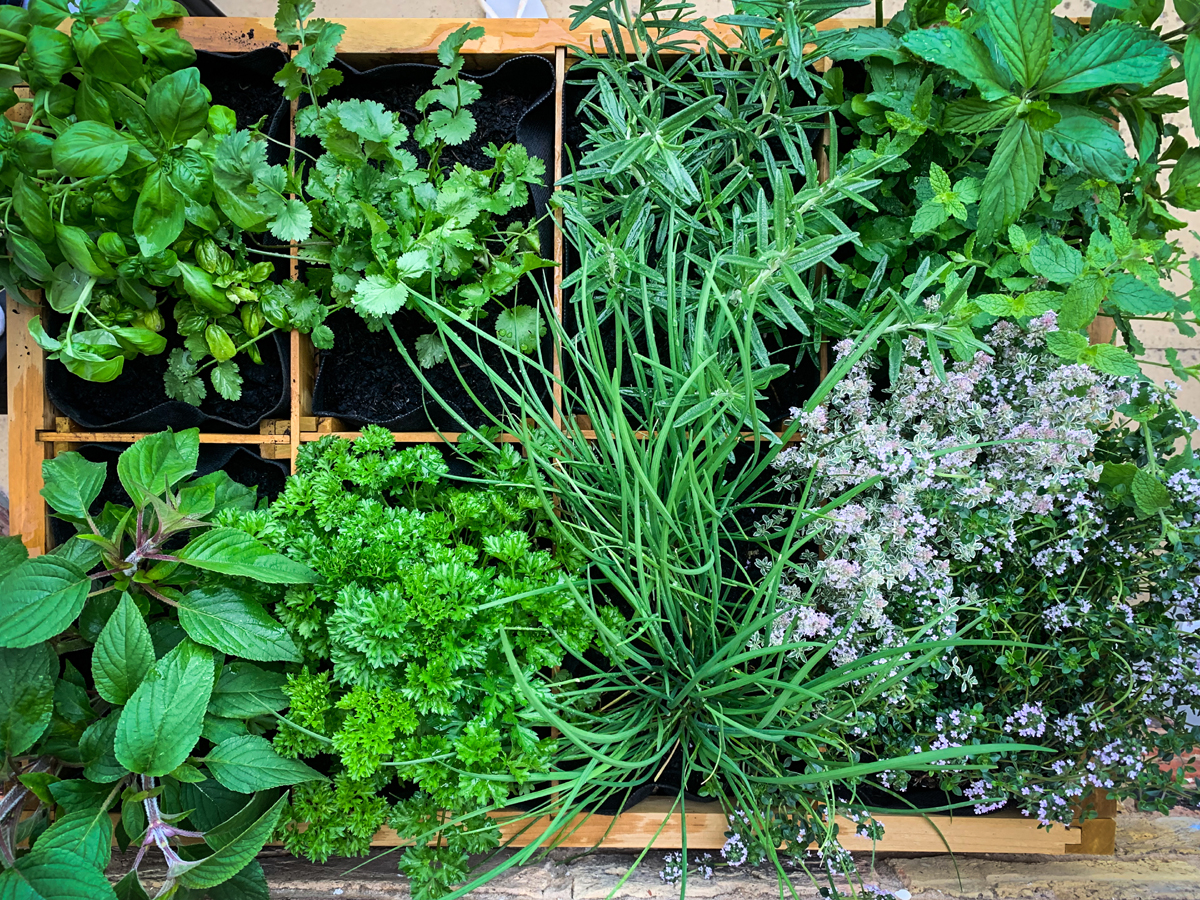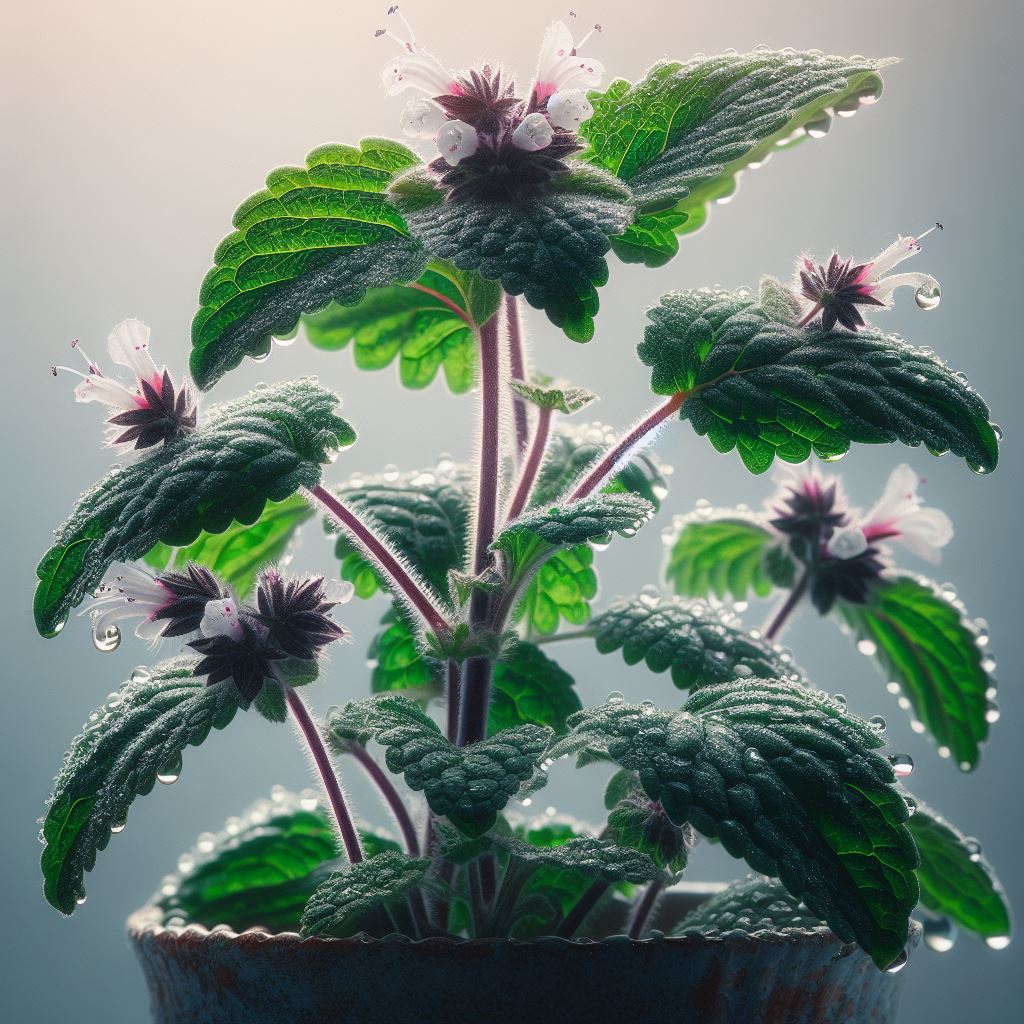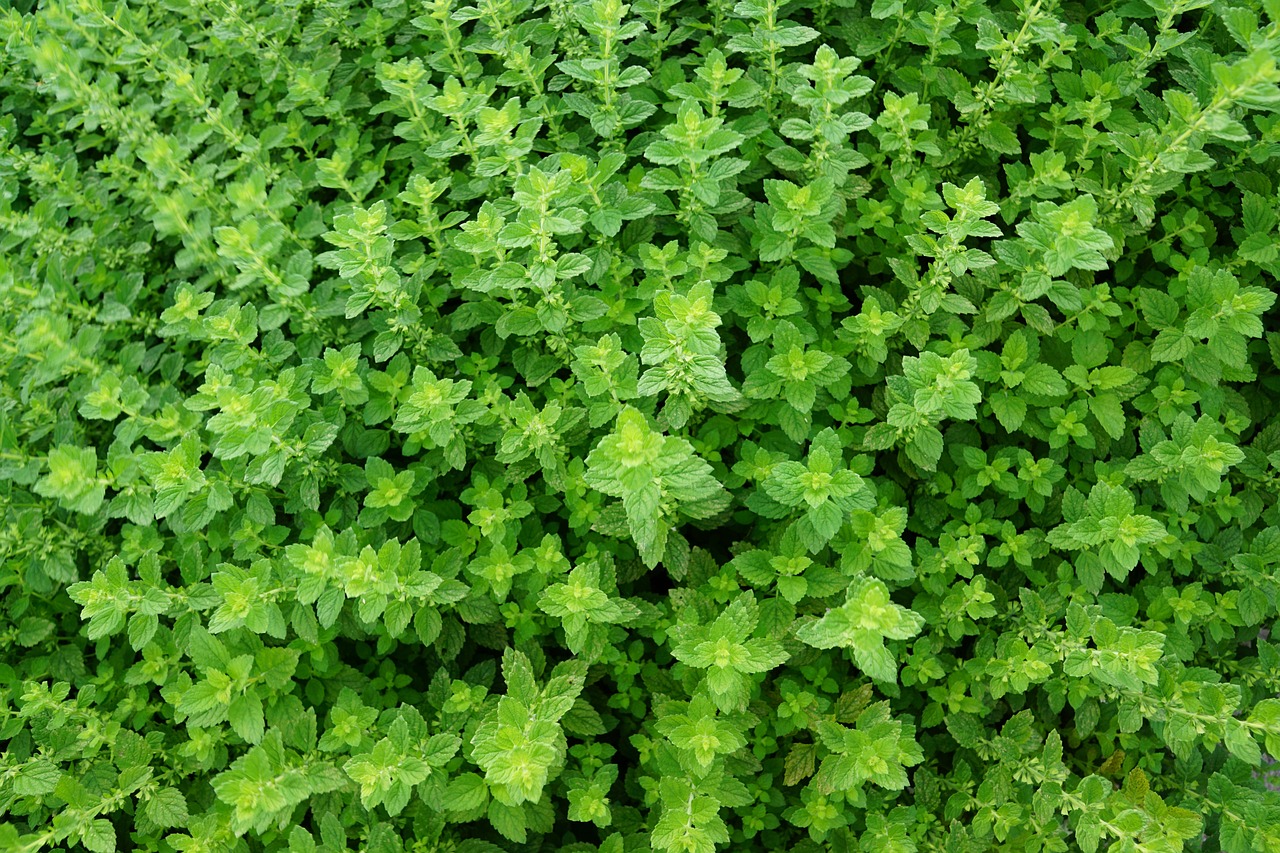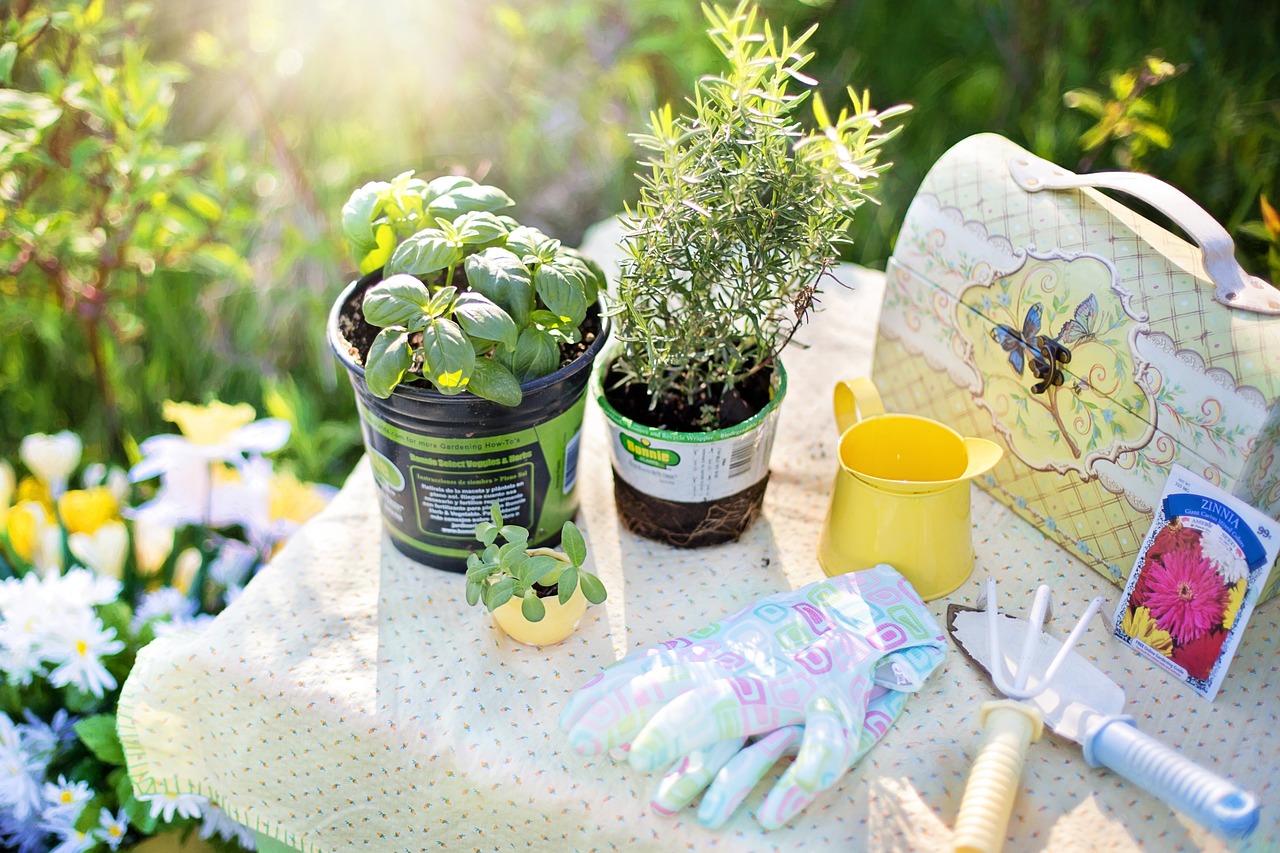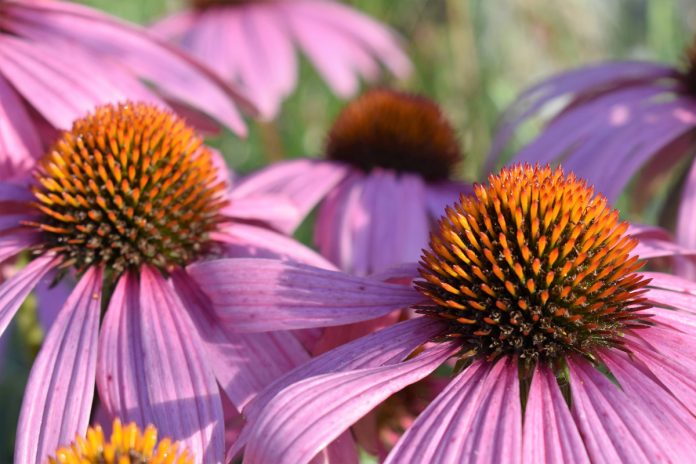Herb Garden Plants – Comfrey – Healing Mucous
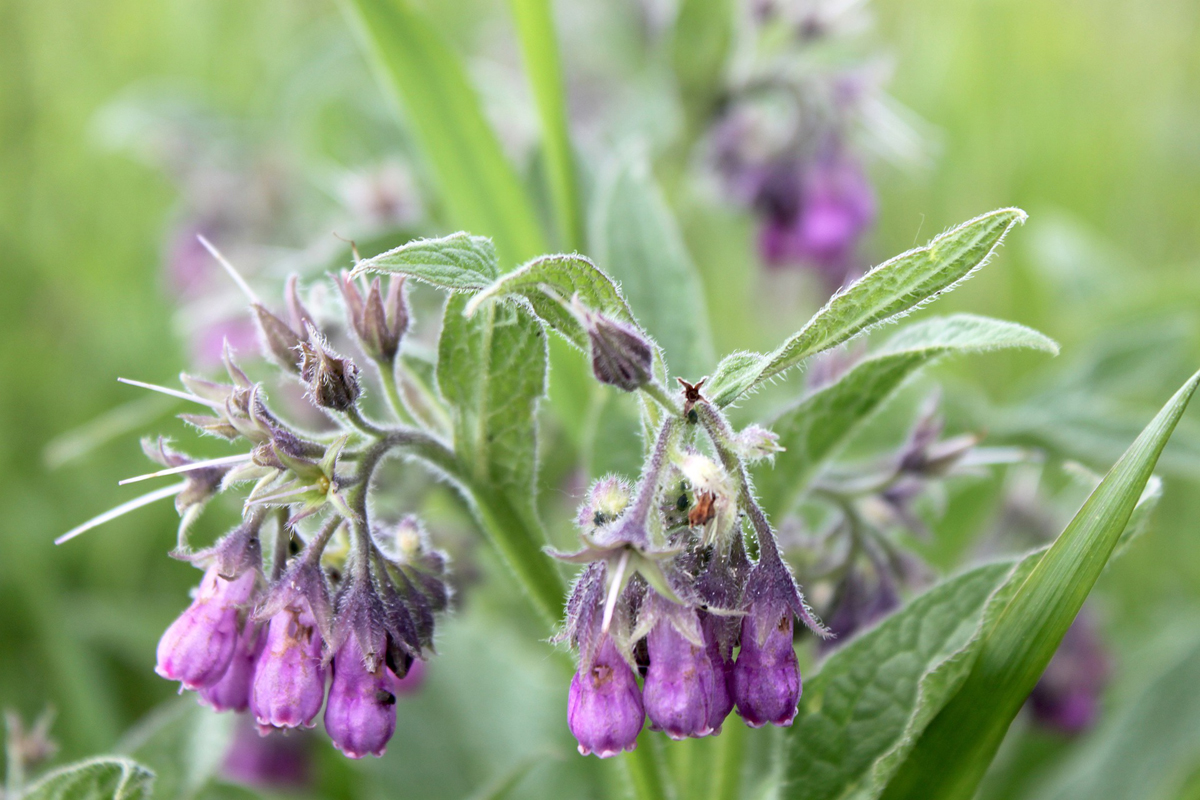
Symphytum officinale (Boraginaceae)
Appearance
Comfrey produces strongly arched, hairy hollow stems with hanging bunches of bell-like pink, blue and white flowers in early summer. This popular herb garden plant achieves some 70 to 80cms. (2?to 2?6?)
Oftentimes compared to a foxglove in appearance, comfrey is differentiated by its hairlike growths, moist clammy feel and close-set veins in its leaves.
History
The generic name Symphytum comes from symphuo, the Greek word for planting next to something, possibly from often finding plants next to a river. Comfrey was long known as ‘Saracens Root’ due to Crusaders discovering its therapeutic and healing powers whilst on crusade in the holy land. So impressed with the healing powers of this newly discovered herb garden plant were these crusaders that they brought numerous examples back to Europe.
Settlers bound for the New World took Comfrey along as part of their pharmacological arsenal. It’s increasing cultivation was noted by Josselyn in his 1672 book, “New England Rarities Discovered”.
Usage
Comfrey’s claim to pharmacological fame derives from the abundant mucilage it contains. Revered for its several virtues as a healing herb garden plant; its mucilaginous yield was used in a bone-setting plaster.
Fresh leaves of comfrey formed a poultice or compress for sprained or twisted joints, but needed to be enclosed in cloth to prevent skin irritation from the hairy leaves.
The sticky pulverized root provided plasters for the easing of pulmonary and throat disorders as well as being a specific for stomach ulcers.
The fresh flowers and leaves produced a commonly used yellow dye.
Cultivation
Always position comfrey in a moist loose soil capable of being penetrated by the black skinned roots.
Although comfrey is happy in most environments, it does not like colder climes, but with care will survive all but the coldest regions.
Growth derived from seed is slow. Root division in spring is the preferred propagation route. Choose moisture-retentive or poorly drained soil for good long term results and plants lasting up to a quarter century.
Harvesting
Unlike most herb garden plants, comfrey roots should be harvested in spring.
The Author:
Pete Steel has grown herbs for 25 years in several different climates and soils.

